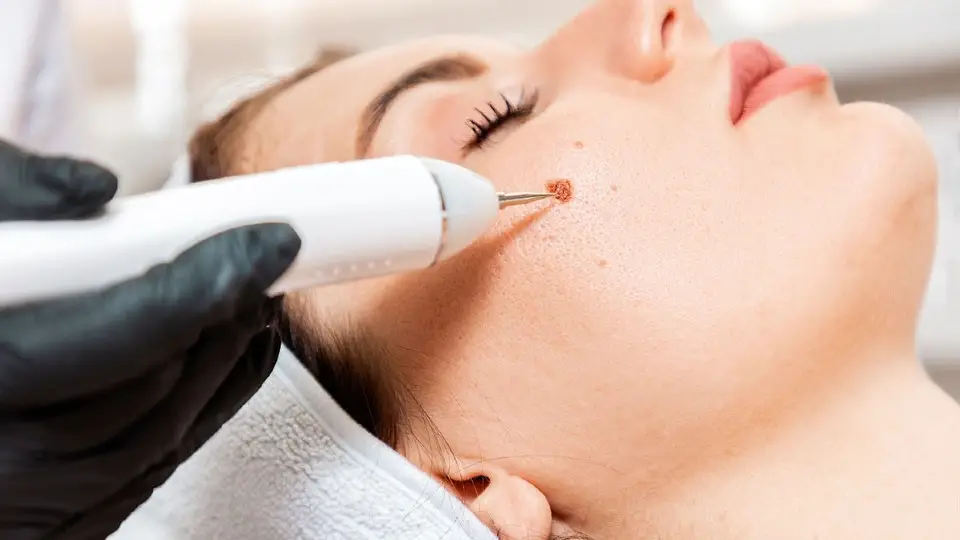Radiofrequency (RF) cautery is a modern, minimally invasive technique that uses high-frequency electrical currents to perform skin treatments like cutting, coagulating, or removing targeted tissue. It’s commonly used across dermatology, cosmetic, and general skincare practices.
The RF device generates heat through electromagnetic waves, allowing precise treatment of targeted areas with minimal damage to surrounding skin. This makes it an ideal choice for both aesthetic procedures and minor skin corrections.
How Does It Work?
RF cautery works by passing high-frequency electrical currents through a fine-tipped electrode. When this electrode touches the skin, it produces controlled heat. Depending on the need, the heat can:
- Cut tissue: For removing unwanted or damaged skin.
- Coagulate tissue: To stop bleeding by sealing small blood vessels.
- Ablate tissue: To remove or destroy abnormal skin growths like warts or tags.
Benefits of Radiofrequency Cautery
1. Precision with Minimal Damage
RF cautery targets specific areas, reducing harm to nearby healthy skin. This is especially important for sensitive areas like around the eyes or lips.
2. Faster Recovery
Because it’s minimally invasive, recovery is usually quicker than traditional methods. Most people experience less pain and post-treatment discomfort.
3. Reduced Bleeding
The device seals small blood vessels as it works, significantly lowering the risk of bleeding.
4. Versatility
It can be used for various concerns—skin tags, moles, warts, and even certain cosmetic or minor surgical procedures.
5. Lower Infection Risk
The heat sterilizes the area as it treats, reducing chances of infection.
6. Better Cosmetic Results
With precise targeting and minimal scarring, RF cautery is perfect for aesthetic outcomes.
7. Cost-Effective
Most procedures can be done in an outpatient setting, helping reduce overall costs.
Common Uses in Aesthetic Practice
- Skin tags and mole removal
- Wart treatment
- Minor facial or body corrections
- Electrosurgical skin resurfacing
Is Radiofrequency Cautery Safe?
Yes. When performed by trained professionals, RF cautery is considered very safe. Side effects are usually mild—temporary redness, slight swelling, or minimal discomfort at the treated site. Proper aftercare is essential to ensure optimal healing.
Conclusion
Radiofrequency cautery is transforming skin and aesthetic care. Its precision, safety, and minimal downtime make it a top choice for those looking for effective treatments with excellent cosmetic results.
Whether you’re looking to treat skin tags, moles, or just want smoother, healthier skin—RF cautery is a modern solution trusted by skin care professionals.





